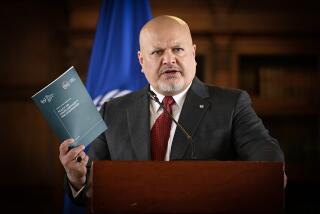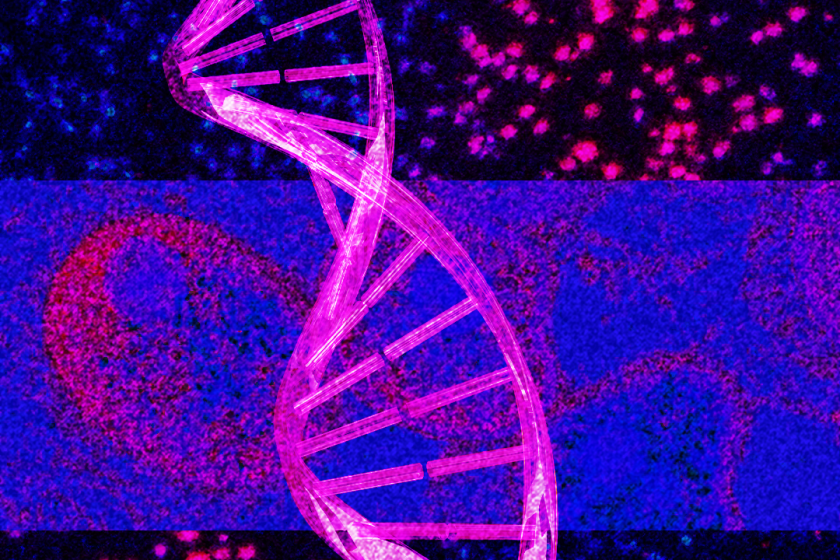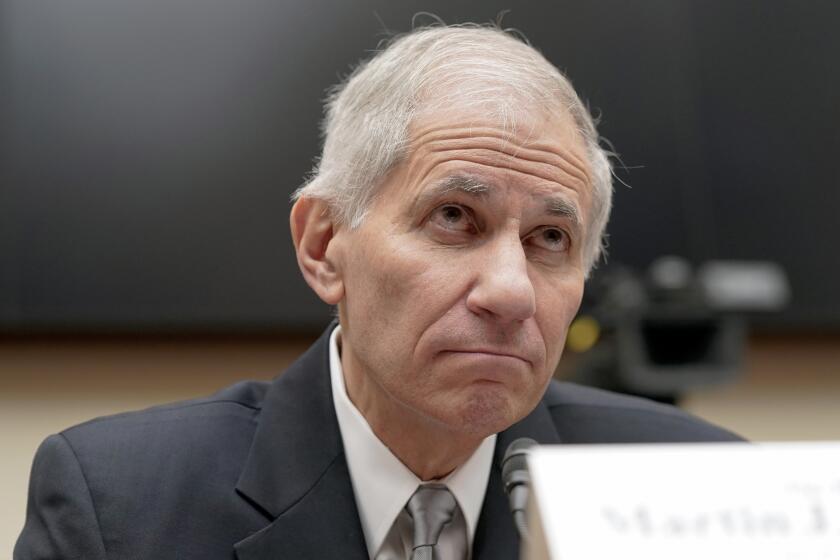Arms, Not the Missile, Faulted
An experimental ballistic missile interceptor did not launch during a test Monday because of a problem with the retracting arms that hold it up in the silo, Joint Chiefs of Staff Chairman Gen. Richard B. Myers said Thursday.
Myers told members of Congress that a tiny switch controlling the arms had not closed, signaling that they had not come clear of the missile.
“They don’t think that’s a systemic issue, but it’s one they are going to have to deal with, nevertheless,” Myers told a hearing of the House defense appropriations subcommittee.
Missile Defense Agency spokesman Rick Lehner said similar arms were used in all silos to prevent the missiles from tipping over in an earthquake.
He said an investigation into the failed launch was going forward in case the arm issue was not the fundamental cause.
The failed test was the second since December for the national missile defense program.
It has generated new criticism that the experimental missile defense bases at Fort Greely, Alaska, and Vandenberg Air Force Base, Calif., are incapable of protecting the country from an attack.
Sen. Hillary Rodham Clinton (D-N.Y.) questioned Myers and Defense Secretary Donald H. Rumsfeld about the wisdom of having those missile bases without more successful tests.
“It strikes me as a little odd that we would deploy a system that hasn’t succeeded and expect that to serve a deterrent value,” she said during a hearing of the Senate Armed Services Committee.
The missile defenses are designed in part to deter North Korea from launching a ballistic missile at the United States.
Rumsfeld responded, “I agree with that point, that there’s no deterrent if something is known to not work.”
But the Defense secretary said he supported the concept of having operationally capable missiles in Alaska and California even while testing was going forward, calling it “a measured approach to a complicated problem.”
More to Read
Start your day right
Sign up for Essential California for news, features and recommendations from the L.A. Times and beyond in your inbox six days a week.
You may occasionally receive promotional content from the Los Angeles Times.






